The Kirat Khambu Rai, or simply, Rai, is a major ethnic community of Sikkim. Like other Himalayan communities, they are also spread over large areas, across national and international boundaries, in Nepal, Bhutan, parts of India, Burma, and further afield. The Rais are divided into forty-five sub-groups or thars. This denotes, not hierarchy within the Rai people, but limits marriage alliances that are considered taboo, mainly to safeguard the descendants from genetic diseases. The community is guided by Dus Rais, or ten Rais, a council constituted of representatives of the Rais. All the sub-groups have links to this institution from where the branches of the Rai people spread. This council is consulted for major decisions, and to resolve disputes within the community.
The history of the Rais goes back into the distant past. Traditionally they were farmers and hunters—their lives intricately woven into the land they inhabit and the changing seasons. This intimate relationship is reflected in the forms of worship that evolved among them. According to the Kirat Mundhum (a scripture), a year is divided into two phases—Ubhauli (going up) and Udhauli (going down), coinciding with the migration pattern of birds. During the start of the winter season in Mangsir, the birds migrate southward and thus, this time of the year is known as Udhauli. During the beginning of the summer season, the birds migrate towards cooler hilly region, and it is known as Ubhauli. In Sikkim, they differentiate between the two celebrations, the first being Sakewa and the second Sakela. Rais from other regions use the term Sakela to mean both.
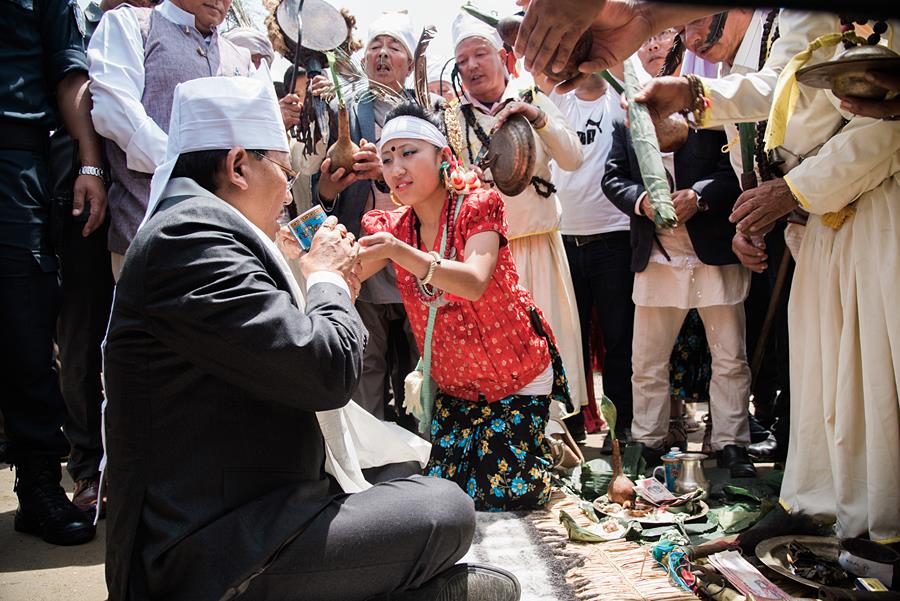
The celebration of Sakela is connected to many myths—one of them is related to Kirat mythology of Sumnima and Paruhang, the guardian deities of the Rais. The story goes that Paruhang used to live in the heavens. One day, he saw the lovely Sumnima on earth and fell in love with her. He made her a beautiful comb and sent it to her. She too fell in love with Paruhang and they married.
They had four children. After some years Paruhang left Sumnima in a hut on the banks of the Dudhkoshi river and was not to be heard for many years. One day, Sumnima found a creeper growing on a rock while she was searching for food for her children. She tasted the creeper and found it was full of power and happiness. She took the creeper and made a charm or buti. The buti made anyone who saw it speak the truth. Suddenly, one-day Paruhang returned. He tried to pacify the angry Sumnima. She then gave him the buti. This immediately made him happy and he told her about his adventures. He had spent the time looking at heaven and earth from the Chomolongma (Mt. Everest). He had meditated for many years and also visited the entire universe. Paruhang promised not to leave her again, which made Sumnima dance with joy. It is believed that her joyous dance is the Sakela dance. Young boys and girls come to participate in Sakela in order to find love.
The ancestors are represented by the three stones that make up the hearth—the male ancestors, Paruling, Dewaling and Sakeling are represented by one stone, and the female ancestors, Sunniling, Chatiling and Mechaling are represented by another stone. The third stone represents the well-being of the society.
The heart of a Rai home is the hearth, which is also the shrine called samkhalung where they believe their ancestors and deities reside. It is their sanctum sanctorum where only the clan members are allowed to enter. The ancestors are represented by the three stones that make up the hearth—the male ancestors, Paruling, Dewaling and Sakeling are represented by one stone, and the female ancestors, Sunniling, Chatiling and Mechaling are represented by another stone. The third stone represents the well-being of the society. The Rai priest and priestess, mangpa and mangma conduct the samkhaling rituals also known as chinta related to household deities praying for the protection of the family.
The two most important festivals among the Rais are Sakewa or Ubhauli and Sakela or Udhauli. Sakewa is a nine-day-long festival that begins on the full moon of the Hindu month of Baisakh which falls between April and May. Celebrated as a homage to Mother Earth, during Sakewa, a bhumi puja is performed, which is followed by ritual offerings to Kubera, the Hindu god of food and wealth. The celebrations mark the beginning of the new farming year and begin on a big ground or a hilltop with the mangpa or mangma presiding over the rituals. After these celebrations, people return to their homes and perform rites for their forefathers, offering food grains, millets and ginger to a fire in the hearth.
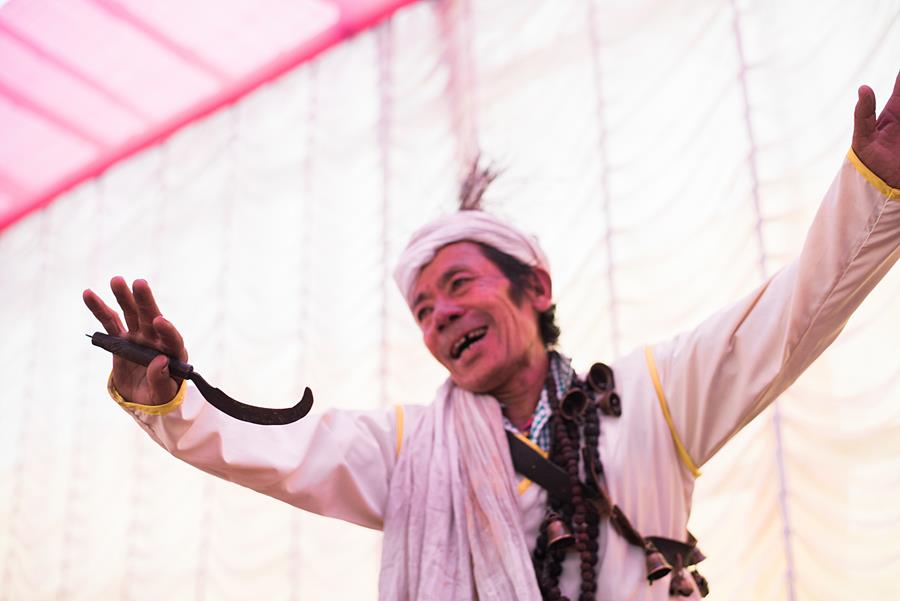
When he performs the ritual in Sakela, he tells how the ancestors came out of the Khuwalung and met a swan, and at the same time he mimics the bird.
The festivities are incomplete without the traditional sili dances through which the community propitiates mother earth and asks for good rain and weather for their crops. The Sakewa sili, is performed by women exclusively, while men provide the music. The Chasum sili which is an important part of the dance, depicts the entire cycle of sowing, reaping, cooking and eating the rice.
According to the Mundhum, Rai (Kirat) came out of the khuwalung (sea or big river) meaning the Ganges. They followed the small river or the Saptakoshi. On their journey they first met with a swan (hans) then the river bird (dhobi chara), black bird (kalchuda), deer (mirga), musk deer (kasturi), and many other creatures. They journeyed through many valleys—Arun valley, Dudh Koshi, Sun Koshi, Tama Koshi—and finally settled down in the Bhote Koshi valley. The Nakchhong, or the leader of the Sakela, narrates this Mundhum. When he performs the ritual in Sakela, he tells how the ancestors came out of the Khuwalung and met a swan and at the same time, he mimics the bird. Likewise, when he talks about the dhobi chara he mimics it.
Bhuruwa sili is a popular dance depicting all of creation from insects, birds and animals. There are no songs accompanying the dance. The only words that are used are ‘soi-soi-soi’ accompanied by traditional musical instruments—the drum, a two-stringed bamboo instrument, brass cymbals and machunga, Jewish harp. This dance is performed at the advent of spring, when the world awakes to a new life after a long harsh winter.
Various traditional dishes like wachipa (rice cooked with burnt feather and meat of chicken), bungchipa (rice cooked with herb, giving it the taste of wachipa), arakha-hengmawa (local wines made from millet or maize), baksa (roasted pork) and okrukma (bread made of beaten rice) are served to guests.
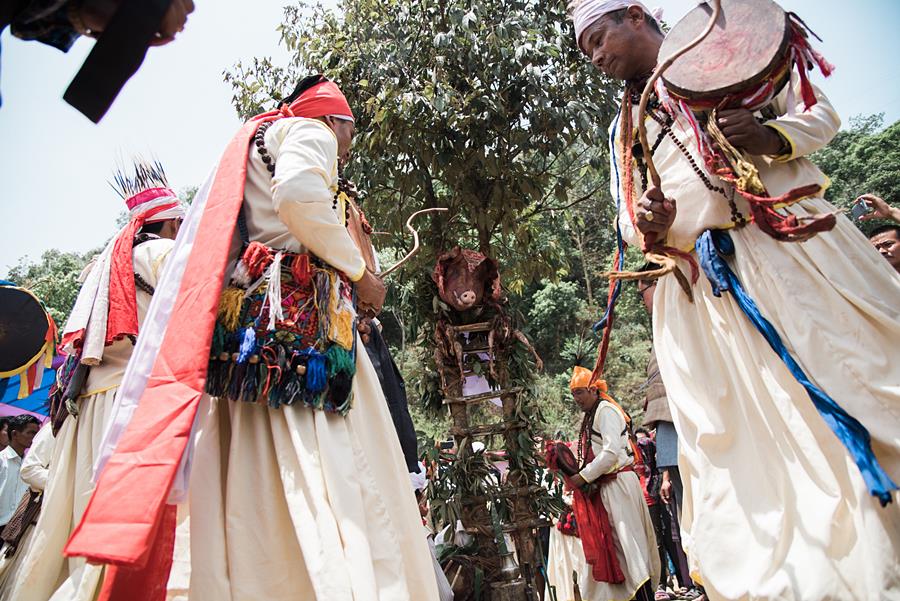
Sakewa was once a family celebration, a reminder to each home of the ancestors as well as the moment to celebrate Mother Nature. It encapsulates all that the Rais hold sacred, celebrating and venerating their ancestors ensuring continuity. It is a celebration of an agrarian society led by mangpas and mangmas, and the head of the family.
While Namchi has hosted many Sakewa celebrations, the festival also takes place at different locations around Sikkim including Gangtok, Ranka and Yangyang.
Today, there is a growing trend to reinvent traditional festivities so that they align with the changing circumstances. Such is the case with the Sakewa festivities as well. In Sikkim today, the community festivities are often sponsored by the state and the celebrations have evolved into mass participation where people of all communities attend. Sakewa has evolved to become a symbol of brotherhood and unity as members of different communities in the state actively take part in the celebrations. With the recognition of the Rai dialect by the state government and the declaration of Sakewa as a state holiday, the festival is now organized on a grand scale.
While Namchi has hosted many Sakewa celebrations, the festival also takes place at different locations around Sikkim including Gangtok, Ranka and Yangyang. At Namchi, Sakewa is celebrated as a tourist festival beginning with the shakti puja at the mangkhim followed by the shova yatra (exhibition rally) all around the bazaar, and finally culminating in a cultural performance.
Over the years, dramatic societal changes amongst the Rais in Sikkim have led to the dilution of community and familial celebrations, but of late these rituals have been revived to reinforce connections with nature and strengthen their unique identity. Often the celebration was led by Pawan Kumar Chamling, the then Chief Minister of Sikkim, underlying his role as the leader of the Rai community. Sakewa now brings into its ambit members of other communities as well as observers and participants. The entire state comes alive during the colourful festivities of Sakewa with sounds of drums and cymbals reverberating in the air, and people soaking themselves in the rhythm of joyous celebrations.
Photo Gallery
(Click to enlarge)
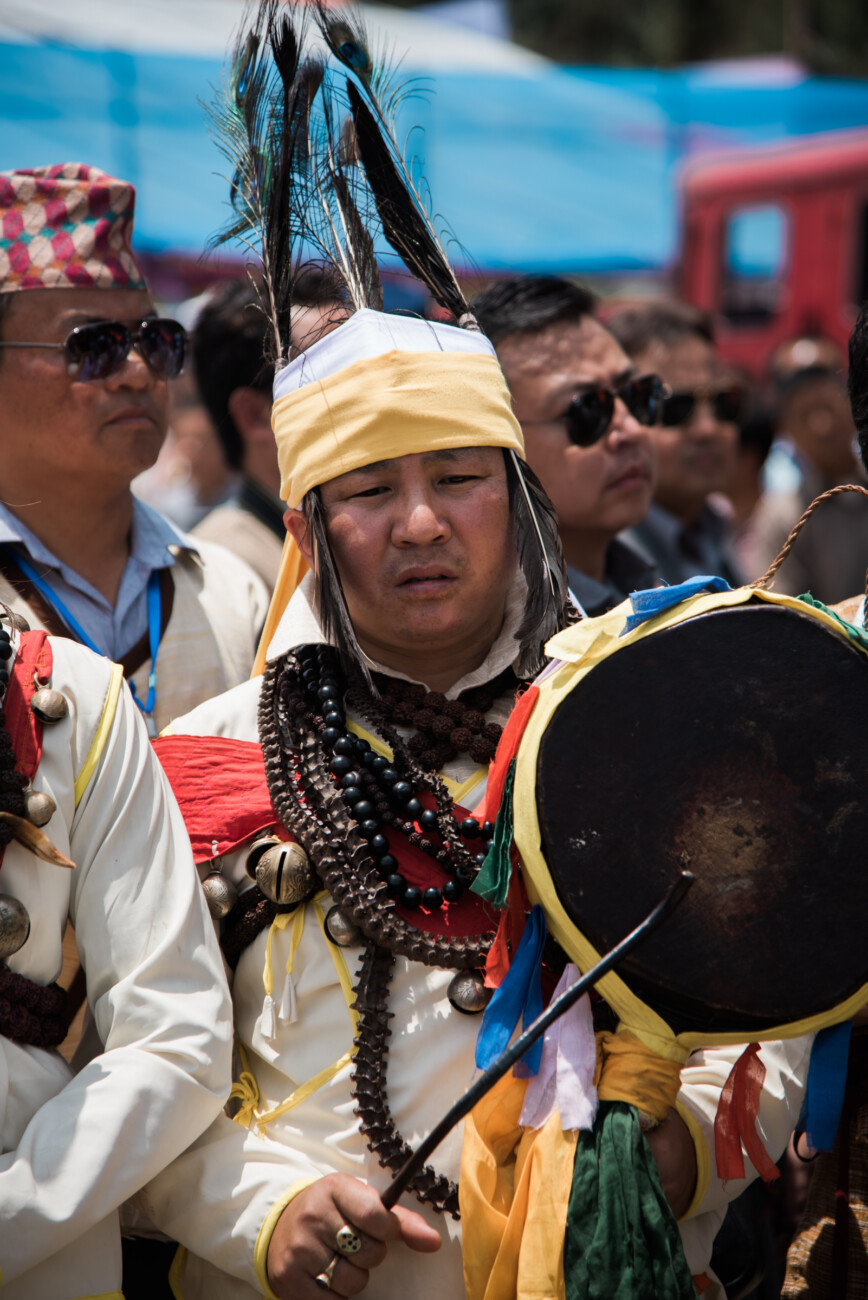
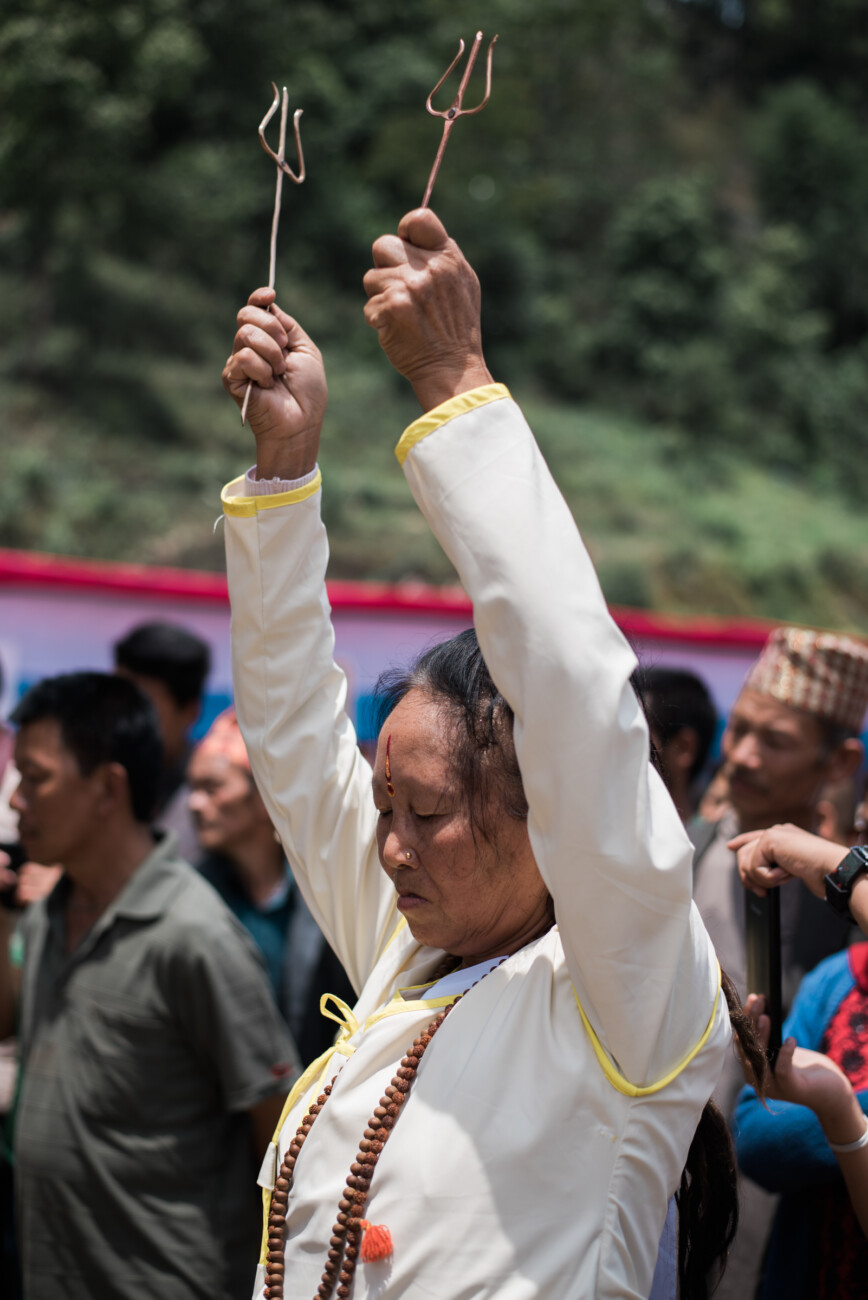
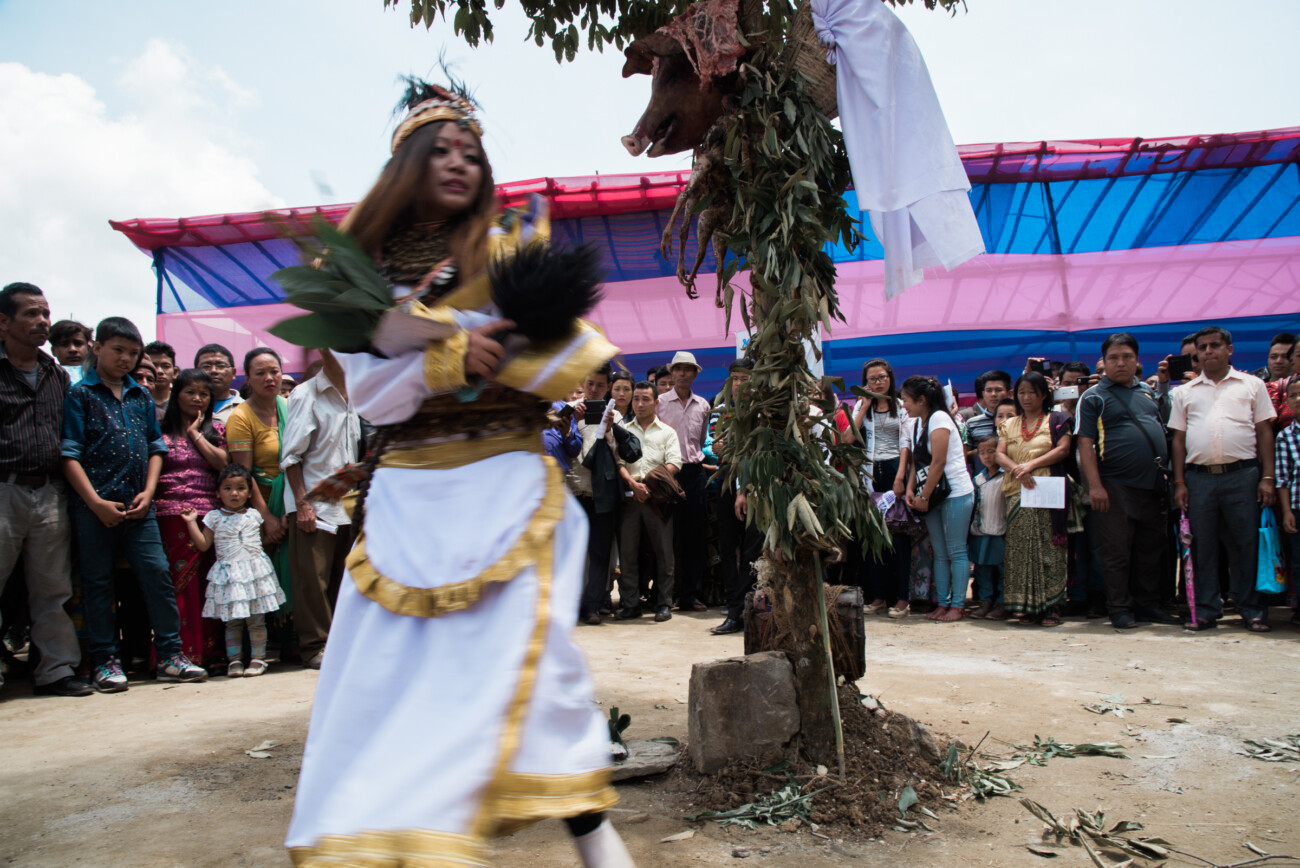
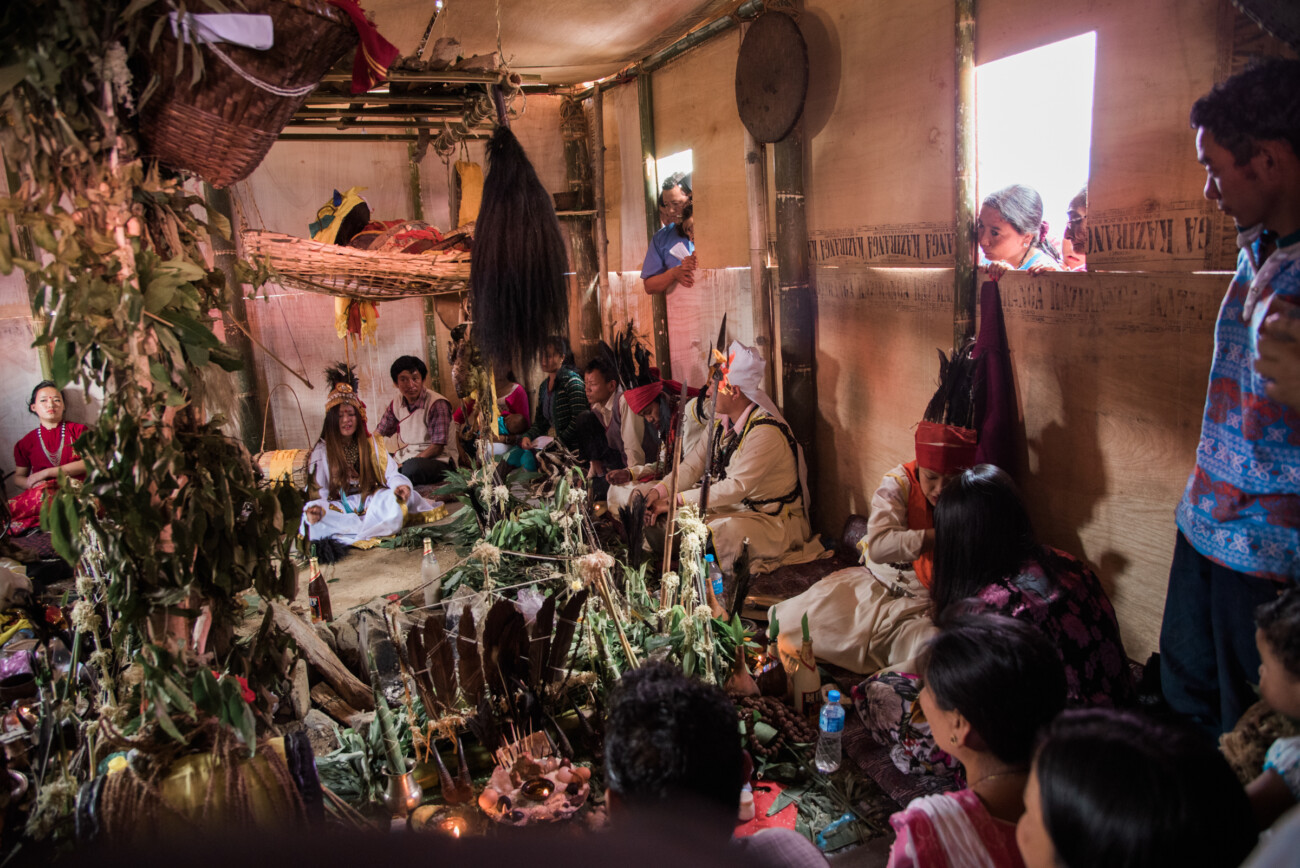
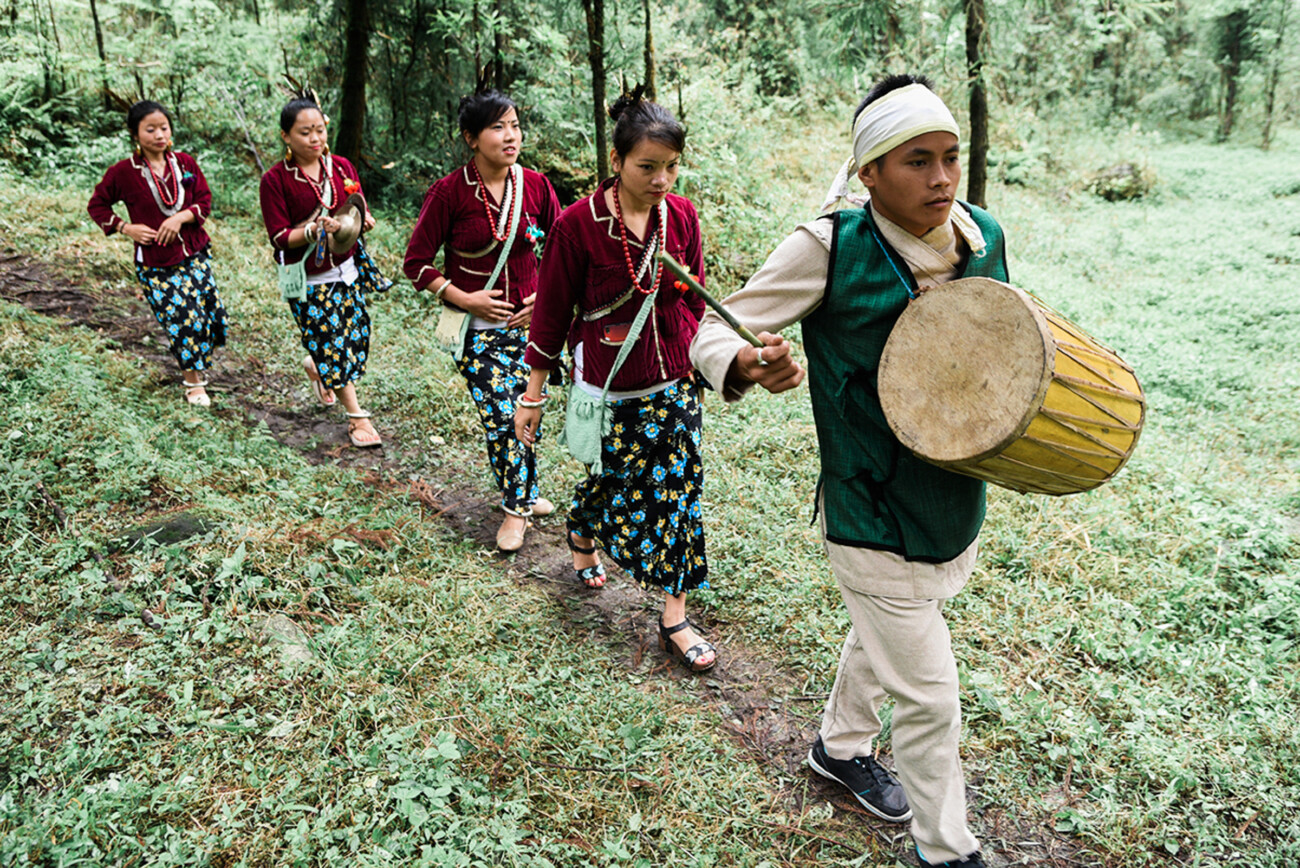
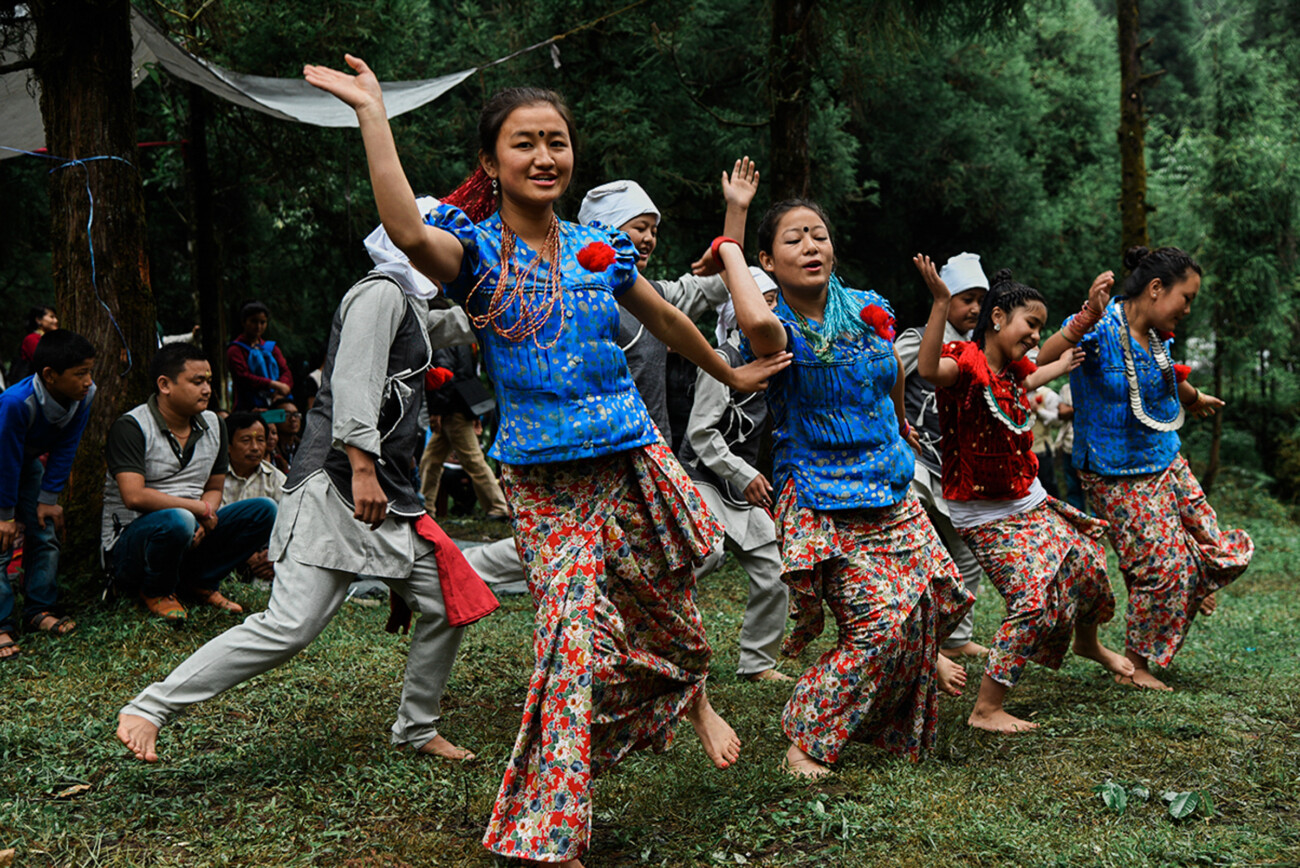


Truly inspiring stuff! It's clear you love what you do, love from Mumbai <3
Thanks for such amazing info author. And great pics too 😊🙏
Thanks for such amazing info author. And great pics too 😊🙏
I think the admin of this web page is genuinely working hard for hiss website, since here every stuff is quality
based material.
My page:Post439494
Can i get those all information in nepali language please because im doing an assignment on this topic so i would be thankful to u if u give me those information in nepali language 🙏